Build Quality
The build quality of the Ragnarok 2 is very good. It’s fully made of aluminium and the finish is very nice. It’s smooth where it is supposed to be. The corners are rounded and don’t present a hazard of cutting your fingers when you run them over the edges. The Ragnarok 2 has two massive heat-sinks on either side and comes with a bunch of holes in the top-plate.
That’s all for heat-dissipation, and while I placed my Ragnarok 2 in not the best conditions, I didn’t even notice it running hot at all.
On the front of the unit you have three different buttons. The left button is for input selection. A corresponding LED will tell you what input you are currently using. First two are XLR in 1 and 2, then comes Card 1 and 2 as well as line-level RCA input. The middle button is for output selection. You can either fire your signal into speakers via the rear-located terminals, listen with headphones or use both outputs at the same time. I recommend to turn down the volume at all times when switching outputs. The right button is for gain-selection. The corresponding LED for this button is right next to the volume pot. You have three stages, rising from low to high, from left to right.
The big volume control is turned clock-wise for higher output. It turns and makes the music louder. There’s nothing special to say here. On the right side of the front-plate you have the 6.35mm and 4 Pin XLR headphone outputs. Use which one you need for your cans.
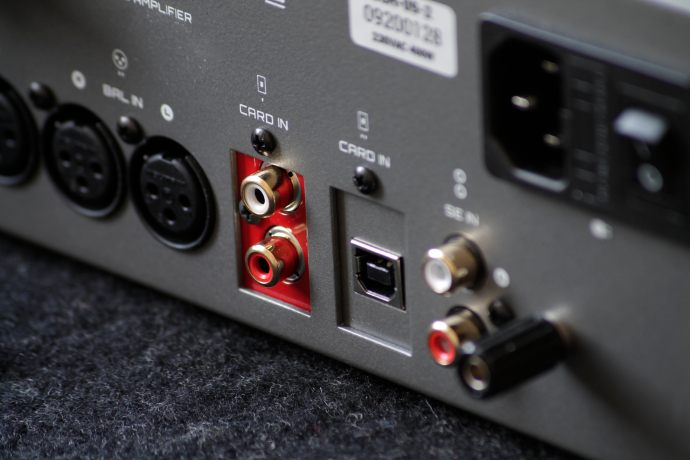
Schiit Audio Ragnarok 2
On the back you have all the different ins and outs. As mentioned earlier, you have two pairs of balanced XLR inputs, a single ended RCA line-level input as well as the selected combination of modules. My sample came fully loaded with a USB B and an MM phono input. If you’re using a turntable with the Ragnarok 2 don’t forget to hook up the ground. You don’t want to get any buzz or hum.
Below the left speaker terminals you’ll see the pre-amplifier outputs. XLR balanced and RCA unbalanced for your power-amplifier or mono blocks.
Of course there is also the power input with the dedicated power switch, which you have to flick every time you want to use the Ragnarok 2, unless you keep it running 24/7. Which I don’t recommend.
Control
The Ragnarok 2 can either be controlled by the front-sided buttons or by the supplied remote control. The remote is very handy especially when you’re using speakers with the amp. Which is its prime purpose. When you’re listening to headphones, you are usually closer to the amp and can reach the volume pot easier I suppose.
The push buttons on the front let you switch between inputs, outputs and gain-stages. As mentioned in the previous chapter, they have corresponding LEDs, that tell you the state of your selection.
The infra-red remote control comes with one additional button that’s missing on the unit – a mute button. This one turns down the volume to zero. A second push will set the volume back to where you muted it.
The Ragnarok 2 can’t be set to standby. It doesn’t have that feature. All you can do is turn the amp on and off via the switch on the Ragnarok’s back. There is no on/off button on the remote either. This is a bit cumbersome, especially if you have the amplifier stored in a hifi-rack where you have to reach behind it every time. I wish Schiit would add a power button on the front or on the remote.
Sound
Since the Ragnarok 2 is a speaker amp first and headphone amp second, I also used my humble bookshelf speakers with it. To form a general conclusion on the sound I also took out a number of different headphones. The Ragnarok had absolutely no issue with providing enough juice for any of my headphones, and of course my speakers were also driven to their potential. While some might argue, that the Ragnarok’s power is overkill, I tend to disagree. Why? Because it’s always better to have extra power and room on the potentiometer left. Most amps are performing best with the volume knob around 12 o’clock in my opinion. If you come closer to their last drops of power, they might start clipping and distorting, which is something nobody wants. So better have gobs of power than just enough.
Alright, now on to the real subject. Sound.
The Ragnarok 2 has wonderful dynamics, with a well controlled and punchy bass. It’s a more neutral presentation, rather than an overly weighty or thick sound. The bass has good authority if needed, but provides a nice laid-back attitude to not become in your face sounding. The Ragnarok 2 has a linear responding low end, that packs a punch, but probably won’t satisfy the needs of true bass-heads.
There is good resolution in the lows of Ragnarok 2, but for my taste it could do a better job. It sometimes smooths out edges and covers up details in the texture, which makes it sound a bit dull. Bass has nice extension and fine speed. It could do with a bit more sub-bass rumble, but that’s just a personal preference. Overall the sub-bass is lean and gives the rest a nice solid foundation.
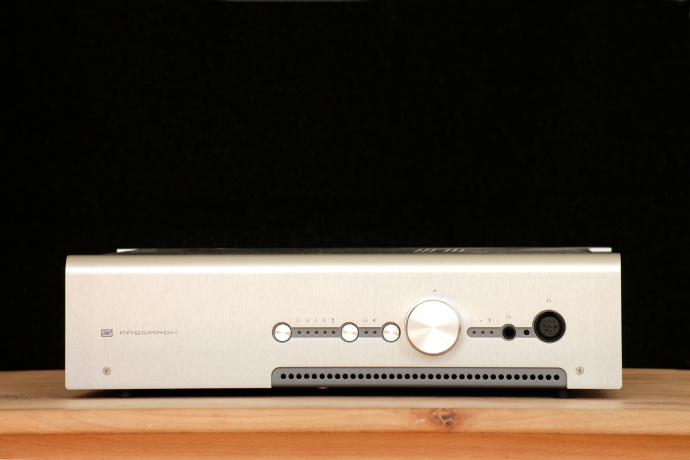
Schiit Audio Ragnarok 2
Mids on the Ragnarok are very smooth. You won’t get an uber-resolved or hyper transparent sound with the Schiit, but rather an elegant and soft one. The Ragnarok 2 has an organic midrange, that possesses good levels of naturalness. Instruments sound realistic in terms of timbre as well as size and weight. They are not overly huge, thick nor thin. Everything just has the right body and definition. In terms of richness, I feel the Ragnarok 2 is neither dry nor super-rich sounding. It’s a close to neutral sound, that’s tilting slightly towards a certain level of wetness.
Vocals sound clear and well formed. They are emotional and have about the right amount of air in them, to not become congested or syrupy. Male and female singers both share a confident sound, that is again very realistic in size and colouration. Upper-mid instruments sound well proportioned and with good agility. They have very nice speed and precision.
Treble on the Ragnarok 2 sounds inoffensive. It’s a slightly cautious presentation that again is closer to neutral than anything else. Highs won’t cause any discomfort, as there is no sharpness or sibilance in them. The extension is okay, but for an amp of that price I’d have expected better to be honest. Highs have normal energy. They are crisp and decent shimmer, but they are definitely not overly bright. Which results in a fatigue free top-end.
The Ragnarok to me lacks a touch of air, resolution and imaging sharpness. Everything sounds a bit interlaced, where musicians don’t get separated too clearly. This makes imaging a hint harder, as the background sometimes is a bit fuzzy. There is a certain level of cloudiness, which can especially be caught with revealing headphones and super-detailed sources.
Ragnarok 2 creates a more intimate listening experience, where a lot depends on the abilities of your headphones or speakers. It has good depth and width, but you won’t be placed in a massive open-air arena. You get a more concert hall feeling, where you are closer to the performers. The Schiit keeps the musicians right in front of you.
Overall the Ragnarok 2 is a neutral and uncoloured amplifier, that brings you great body, a highly natural and smooth sound. It focusses on an easy listen, rather than creating an overthrowing technical sound.
Driveability
This section will only concentrate on headphones, as our website is about them. With 24 Watts into 32 Ohms load, the Ragnarok spits higher output than any other amplifier I know of. Even the 6 Watts single-ended are enough to get hard to drive headphones to scream. So the Ragnarok shouldn’t have any issues with driving any headphone under the sun.
Let’s check out how it fares with some of my headphones. My inventory mostly concentrates on planar magnetic headphones, but for sweat-testing I have a vintage AKG K240. It’s an early production Sextett with an impedance of 600 Ohms. A pain to drive right.
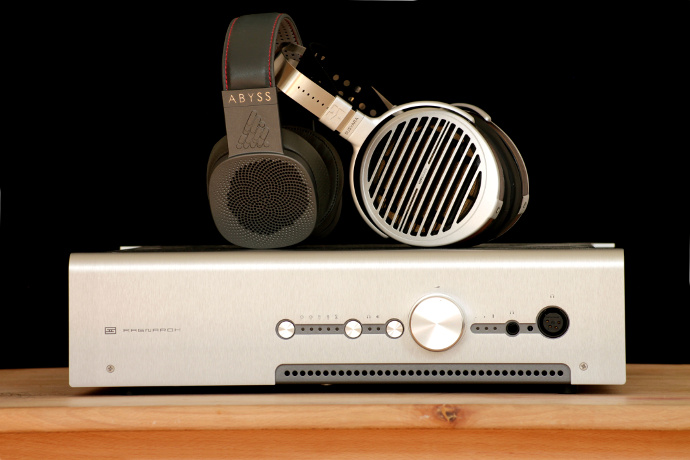
Schiit Audio Ragnarok 2
HiFiMAN – Susvara (83dB/mW; 60 Ohms)
The Susvara probably is one of the toughest headphones to drive in today’s market. It doesn’t really present a challenge for the Ragnarok 2 though. Sure, I need to dial higher on the knob, but there still is more than enough room available to go louder.
With the Susvara you get a super dynamic pairing. Bass is punchy, accurate and impressively fast. Lows have a wonderfully meaty sound, that oozes of flesh on their bones. It’s rich, engaging and such a joy to listen to. There is impact, thunder and rumble. Nothing is missing here.
Midrange is full but not overdone. Vocals sound energetic, emotional and very natural. It’s a harmonic midrange, that can manage to draw you into the music. There is good resolution and clarity, but the Susvara definitely isn’t pushing its limits as I have heard it higher resolving. The Ragnarok creates a nicely wide and deep stage, with good layering.
Treble extends well, is clean and clear without sounding harsh, hard or too sharply contoured. You get a great dose of energy in the highs, with a fast delivery.
The Ragnarok certainly knows how to handle this beast of a headphone right.
Abyss – Diana Phi (91dB/mW; 32 Ohms)
The Abyss is one the most transparent headphones I know. Diana Phi is highly resolving, has incredible airiness and impressive speed. With the Ragnarok 2 it’s smoother, a bit more relaxed and calm.
Bass is well controlled, a bit south of neutral in presentation but with very nice extension. Lows aren’t massively huge, but that’s in the signature of the Abyss. What you get is a defined and precise bass, that has smoothed out edges and curves.
Diana can sound a bit harsh in the upper midrange with the wrong amplifier, but with Ragnarok 2 that’s not the case. The Abyss doesn’t like analytical amps, which the Schiit isn’t. You get a smooth midrange, well formed and emotional vocals. Natural and organic sounding instruments, that come out with the right size and spot on weight. Singers are in a forward and centre position, just where they should be.
The background is dark, but definitely not black. There is something that connects each instrument. Rendering is good, but I have heard Diana Phi have sharper imaging, separating instruments cleaner. You get high resolution, but it again seems to be limited.
Highs are clean and clear, but they definitely stay away from a sharp or hot sound. There is nothing grainy, piercing or sibilant in this treble anywhere, which makes the Diana Phi an easy listen.
More Schiit on the last page!





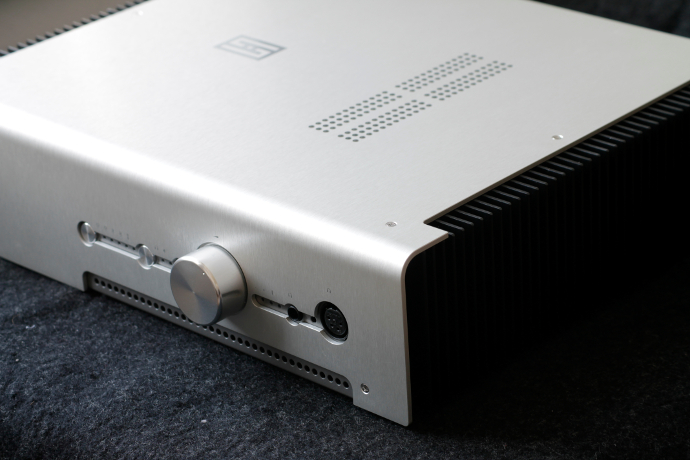
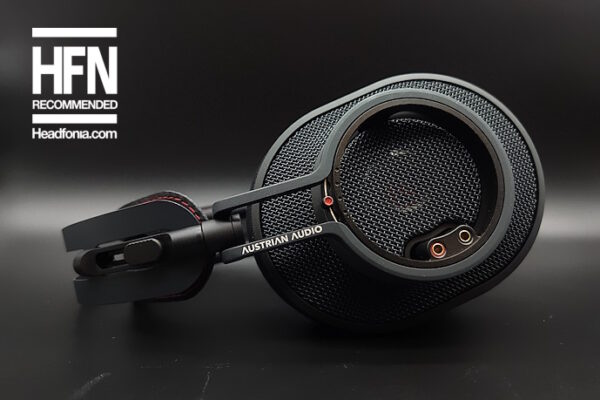

Rorie
Jason Stoddard quote from head-fi
Power switches will stay in the back.
We make our stuff one way, and one way only–no color options, switch options, gain options, etc–in order to maintain the lowest possible price. If we had to customize every product to individual preferences, it would cost much more, we’d have to manage multiple SKUs, we’d probably be out of the color/options you wanted when you wanted them, etc.
If it’s really all that painful to reach around the back, there are these nifty extension cords with power switches at one end, or wireless remote-controlled AC sockets.
All the best,
Jason